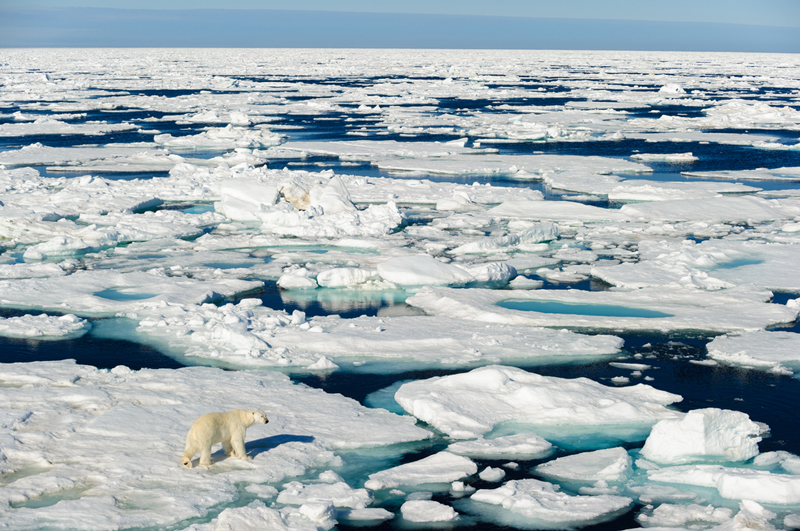20 Things You Didnt Know About the NORTH POLE |
1. There are four North Poles. The terrestrial North Pole is a fixed geographic point that’s diametrically opposed to the terrestrial South Pole on our planet’s axis of rotation; it’s the top of the spinning top that’s Earth.
2. The North Dip Pole is the spot where the geomagnetic field is perpendicular to the Earth’s surface, “dipping” to meet the big, rotating ellipsoid that is our planet.
3. The North Dip Pole isn’t stationary. Just in the last century, it has migrated northward from a point in Canada at about 71 degrees latitude to its current position, about 85 degrees north, in the Arctic Ocean.
4. There’s a South Dip Pole, too, but the North Dip Pole doesn’t have to be antipodal, or diametrically opposed, to it. Right now they’re off by more than 20 degrees latitude.
5. When your compass points north, it’s pointing to the North Dip Pole, which is also called the magnetic North Pole.
6. The geomagnetic North Pole is a different thing altogether. It’s calculated using mathematical models based on an imaginary line running through the geomagnetic center of Earth.
7. Over the past century, the geomagnetic North Pole has migrated from Greenland to Canada.
8. So who cares about geomagnetic North? Aurora hunters, for starters. The most spectacular views of the Northern Lights occur in an oval ring centered around the geomagnetic North Pole.
9. Auroras are cool, but if you want to have some real fun, position yourself at the magnetic North Pole with a compass. If you hold the compass horizontal, the needle will do one of three things: point to the same spot as the last time you used it, spin slowly before stopping at a random point or point to anything magnetic that you happen to be wearing.


